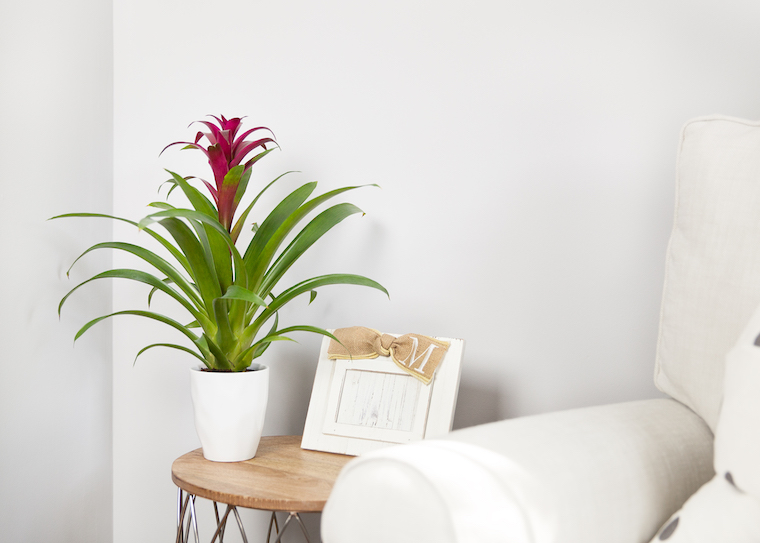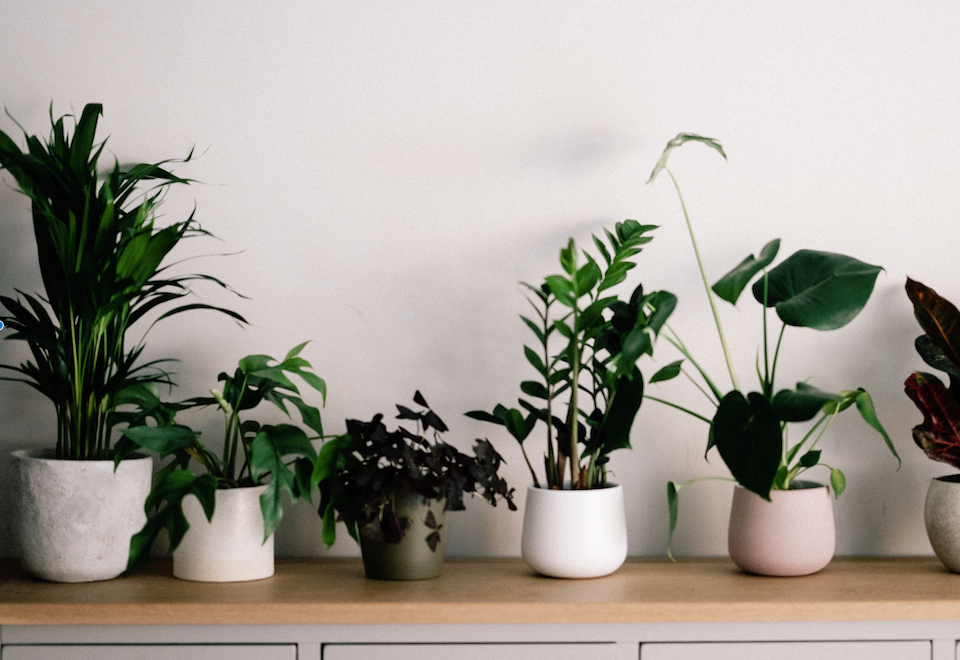Low Maintenance and Beautiful: Best Low-Light Indoor Plants for Your Home
Low Maintenance and Beautiful: Best Low-Light Indoor Plants for Your Home
Blog Article
Discover the Best Low-Light Indoor Plants for Enhancing Your Home Design
Incorporating low-light indoor plants into your home décor can dramatically enhance both looks and environment, specifically in rooms that do not have abundant natural light. Ranges such as the Serpent Plant and ZZ Plant not only bring life to dim corners but also add to enhanced air high quality and total wellness. Understanding the unique attributes and care requirements of these plants can result in a more harmonious living atmosphere. As we check out the top options and their creative applications, one might question just how these options can change your area into a growing haven.

Why Choose Low-Light Plants
Why choose for low-light plants in your interior rooms? The contemporary living environment often presents obstacles such as restricted all-natural light, making it hard for typical houseplants to flourish. Low-light plants are especially adjusted to thrive and endure in these problems, providing a sensible service for individuals seeking to improve their indoor spaces without the included tension of preserving much more light-demanding flora.
Along with their durability, low-light plants add significantly to the visual appeals of an area. Their diverse series of shapes, dimensions, and shades permits for one-of-a-kind interior style possibilities, creating welcoming and vibrant atmospheres. Interior plants are understood for their air-purifying high qualities, boosting interior air high quality by filtering system toxins and launching oxygen, which can improve general health.
Low-light plants also need minimal maintenance, making them especially interesting active people or those brand-new to gardening. Their flexibility permits for placement in different atmospheres, from office spaces to dimly lit corners of the home. By choosing low-light plants, you can appreciate the benefits of greenery without the restraints that often go along with conventional gardening, ultimately cultivating a much healthier and a lot more visually attractive indoor setting.
Top Low-Light Indoor Plants
For those seeking to boost their indoor areas with greenery that thrives in low-light problems, several plant alternatives attract attention for their resilience and aesthetic charm. The Snake Plant (Sansevieria trifasciata) is a popular choice, recognized for its upright, sword-like fallen leaves and ability to endure disregard. This durable plant can survive in poorly lit locations while boosting indoor air high quality.
One more outstanding alternative is the Pothos (Epipremnum aureum), defined by its heart-shaped leaves and trailing vines. Pothos is not just adaptable to reduced light however also uses a striking visual contrast when positioned on shelves or hanging baskets.
The ZZ Plant (Zamioculcas zamiifolia) is just as outstanding, boasting shiny, dark eco-friendly fallen leaves that can illuminate any type of edge. Its drought resistance makes it excellent for busy homeowners.
Care Tips for Low-Light Plants
Exactly how can you guarantee that your low-light indoor plants grow despite limited sunshine? Pick the appropriate potting mix that offers good drain while maintaining wetness. A well-aerated soil, such as a blend of potting dirt and perlite, can aid stop root rot.
Watering is crucial; low-light plants typically require much less frequent watering compared to their sun-loving counterparts. Constantly examine the leading inch of the soil-- if it feels dry, it's time to water. Beware of overwatering, as this can cause fungal issues and origin degeneration.
Feeding low-light plants need to be done moderately - Best low-light indoor plants. Make use of a balanced, water-soluble fertilizer during the growing period, but minimize or eliminate fertilization in the dormant months
In addition, dust can build up on leaves, inhibiting photosynthesis. Carefully clean the fallen view publisher site leaves with a moist cloth to maintain them tidy.
Last but not least, observe your plants carefully. Signs of distress, such as yellowing leaves or leggy development, can suggest that your plant needs adjustments in care (Best low-light indoor plants). By adhering to these treatment suggestions, your low-light interior plants can thrive, adding beauty and vitality to your home
Innovative Ways to Display Plants
Boosting the visual allure of your indoor room can be accomplished by attentively displaying your low-light plants in imaginative ways. Think about utilizing vertical space to your benefit; wall-mounted shelves can display tracking plants like pothos or philodendron, adding lushness while conserving floor area. Make use of plant stands of varying elevations to create aesthetic interest and deepness, attracting the eye upward.
Hanging planters are an additional exceptional alternative, using a remarkable result when put on hold from the ceiling or hooks. Macramé hangers can introduce appearance and bohemian style, while modern-day ceramic hangers can match a minimal aesthetic. For a more ingenious strategy, repurpose distinct containers such as classic teacups or glass containers, which can add character to your screen.
Organizing plants in clusters is also reliable; usage differing pot dimensions and shades to create a natural look. This technique not only boosts aesthetic impact yet also offers a natural environment feeling - Best low-light indoor plants. Consider placing plants near light resources like lamps or windows to optimize their development and display their vivid foliage, therefore improving the total ambiance of your interior environment.
Advantages of Indoor Greenery
Countless researches have shown that integrating interior greenery right into your home offers a multitude of advantages, improving both psychological and physical well-being. Among the most considerable benefits of interior plants is their ability to boost air quality. Plants take in co2 and launch oxygen, producing a much healthier atmosphere while likewise straining damaging toxic substances, thus promoting respiratory system health.
In addition, the presence of greenery has been connected to decreased stress and anxiety degrees. Research suggests that connecting with plants can lower cortisol levels, which are connected with stress and anxiety. This calming impact can lead to enhanced state of mind and raised productivity, making indoor plants an optimal enhancement to work spaces.
In addition, indoor greenery can improve cognitive function. Research studies recommend that environments enriched with plants can lead to boosted focus, creativity, and overall psychological clarity. The aesthetic charm of indoor plants also adds to a more welcoming and positive atmosphere, positively affecting social interactions and general fulfillment within an area.
Conclusion

Integrating low-light interior plants into your home decoration can considerably improve both appearances and atmosphere, specifically in areas that do not have bountiful all-natural light. Ranges such as the Serpent Plant and ZZ Plant not only bring life to dim corners but likewise add to enhanced air top quality and general health. Interior plants are known for their air-purifying top qualities, improving indoor air high quality by releasing and filtering contaminants oxygen, which can boost total health.
For those looking for to enhance their interior areas with greenery that prospers in low-light conditions, numerous plant choices stand out for their durability and aesthetic allure. These durable plants, such as the Serpent Plant and ZZ Plant, grow in dark problems and require very little maintenance, making them appropriate for different way of livings.
Report this page